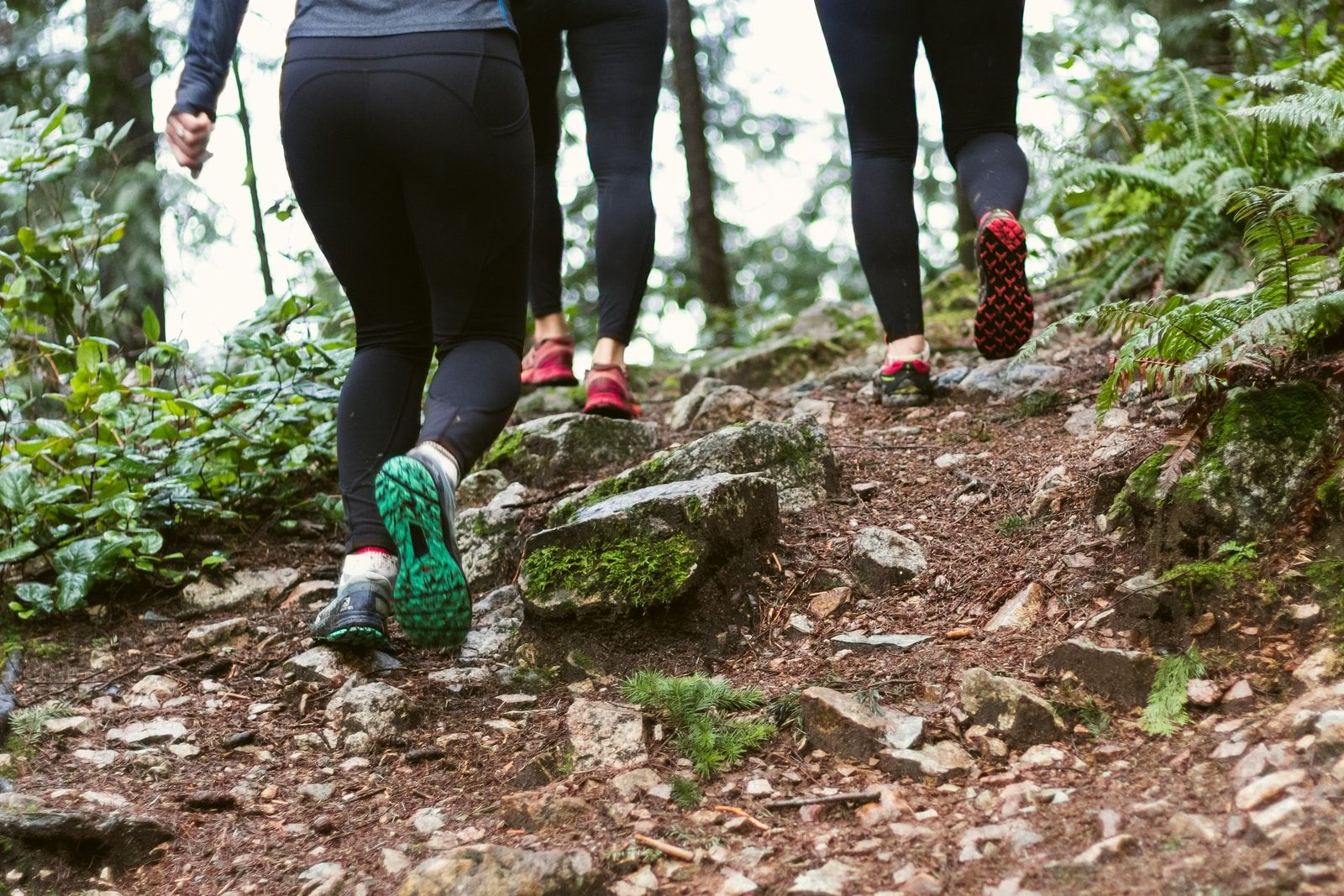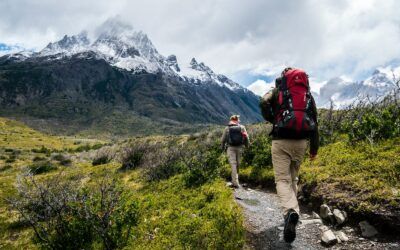Hiking is an invigorating and soul-enriching experience that allows us to connect with nature’s beauty while challenging our physical limits. However, amidst the allure of the great outdoors, it’s crucial to prioritize safety. Whether you’re a seasoned trekker or just starting out, here’s a comprehensive guide to ensuring your safety on the trail – an essential resource for all hikers.
Hiking Safety Starts with Proper Planning
The foundation of any safe hiking experience is thorough planning. Begin by researching the trail you intend to hike, and understanding its terrain, weather conditions, and difficulty level. Websites like AllTrails can be invaluable resources for finding detailed information about hikes in your area, including user reviews, photos, and trail maps. Acquire additional trail guides if available, and make note of emergency contact information for local authorities or park rangers. Share your hiking plans with a trusted friend or family member, ensuring they know your expected return time. This comprehensive approach to preparation ensures that you’re well-informed and ready for a safe and enjoyable hiking adventure.
Essential Gear for Hiking Safety
Equipping yourself with the right gear can make a significant difference in your safety on the trail. Pack essential items such as a well-fitting day pack, sufficient water, energy-rich snacks, a first aid kit, a multipurpose tool, a flashlight, a whistle, a compass, and a fully charged cell phone (with an external battery pack). These items can be invaluable during unexpected situations.
Dress for Success: Appropriate Attire
Dressing appropriately for the trail is more than just a matter of comfort – it’s about safety. Wear moisture-wicking clothing to keep sweat away from your skin, preventing hypothermia. Choose sturdy, well-fitting hiking boots and hiking poles to support your feet and ankles. Don’t forget a wide-brimmed hat, sunglasses, and sunscreen to protect yourself from the sun’s rays.
Know Your Limits: Choosing the Right Trail
One of the keys to safe hiking is selecting a trail that matches your fitness level and experience. Pushing yourself beyond your limits can lead to exhaustion or injury. Research the trail’s difficulty, elevation gain, and distance before setting out. It’s better to enjoy a trail that aligns with your abilities rather than risk your safety on a challenging route.
Stay Hydrated and Nourished: Fueling Your Adventure
Maintaining proper hydration and nutrition is vital during hikes. Carry enough water to stay hydrated, especially in hot weather or at high altitudes. Regularly consume energy-rich snacks like trail mix, granola bars, and dried fruits to keep your energy levels steady. Dehydration and low blood sugar can impair your judgment and lead to accidents.
Follow Leave No Trace Principles: Preserve Nature’s Beauty
Respecting the environment is an integral part of hiking safely. Follow the Leave No Trace principles by packing out all trash, staying on designated trails, and avoiding disturbing wildlife. This not only protects nature but also ensures that future hikers can enjoy the same pristine landscapes.
Be Weather-Wise and Stay Informed for a Successful Trip
Weather conditions can change rapidly, even in seemingly stable climates. Check the weather forecast before your hike and be prepared for any changes. Dress in layers to adjust to temperature fluctuations. If you encounter inclement weather during your hike, seek shelter and wait for conditions to improve.
Listen to Your Intuition: Essential Hiking Safety Tips
Intuition can be a powerful tool when it comes to hiking safely. If something feels off or you sense danger, trust your instincts. If the weather turns severe, a trail is impassable, or you’re feeling unwell, it’s okay to turn back. Your safety should always be the top priority.
Stay on Track: The Importance of Hiking Safety and Navigation Skills
Even with GPS technology, having basic navigation skills is crucial. Learn to read maps, use a compass, and recognize landmarks. Familiarize yourself with trail markers and signs. These skills can help you stay oriented and find your way back if you get lost.
Safe hiking is about preparation, awareness, and respect for nature. By planning ahead, packing smart, and equipping yourself with knowledge and the right gear, you can enjoy the trail while minimizing risks. Remember, the ultimate goal is not only to conquer nature’s challenges but also to return home safely with memories of an unforgettable adventure.





0 Comments